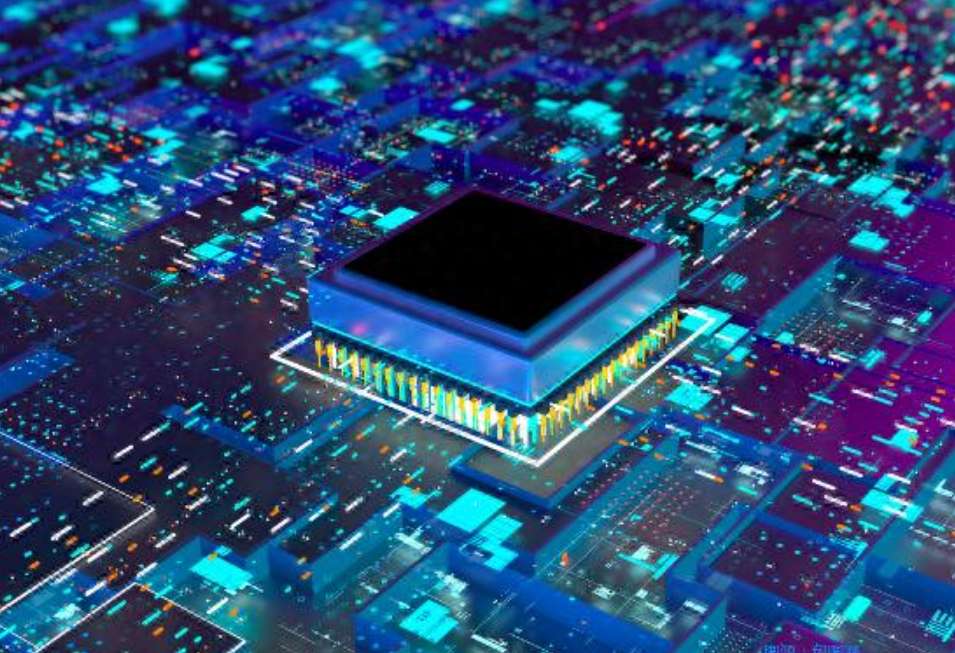Hua Hong Semiconductor's Strong Performance
Advertisements
The Chinese technology sector has recently been a beacon of financial optimism, with major players like Horizon Robotics (09660.HK), SMIC (00981.HK), and Hua Hong Semiconductor (01347.HK) witnessing a significant surge in their stock prices. This resurgence highlights the growing investments being funneled into Chinese tech stocks, as investors seek to capitalize on emerging opportunities in this dynamic market.
A noteworthy event in this context was the performance report released by Hua Hong Semiconductor on February 13, a release that drew considerable attention amid the recent tech stock rally. Being one of the leading foundry services suppliers, Hua Hong's fiscal results sparked interest from investors keen to assess the company's market strength and resilience.
In the fourth quarter, Hua Hong Semiconductor reported sales revenue of $539 million, reflecting an impressive annual growth rate of 18.4% and a sequential increase of 2.4%. Such growth can be attributed to a rise in wafer shipments, indicating a robust demand for its chip manufacturing services across various sectors. Increased customer orders have likely stemmed from the company's technological advantages in specialized fields, allowing it to carve out a niche in an intensely competitive market.
However, this stellar sales growth was somewhat tempered by a decline in average selling prices, which can be attributed to intensified market competition. Manufacturers often resort to price reductions to capture larger market shares, leading to shifts in product mix that emphasize lower-margin goods over high-value products.
During the same quarter, Hua Hong's gross margin stood at 11.4%. While this number indicates a year-on-year increase of 7.4 percentage points, it also suffered a slight decline of 0.8 percentage points when compared to the previous quarter. This juxtaposition illustrates the company's effective cost control measures and product mix optimization strategies, which enabled a rise in sales of higher-margin products. Nevertheless, the short-term challenges related to fluctuating raw material prices and temporary reductions in production efficiency contributed to the quarter-on-quarter decline.
In terms of net losses, Hua Hong Semiconductor recorded a staggering net loss of $25.2 million for the fourth quarter, a stark contrast to the $35.4 million profit reported during the same period last year. This loss predominantly stemmed from foreign currency exchange losses in the fourth quarter of this fiscal year, as opposed to the foreign currency gains recorded in the previous year.

The company's operating expenses for this quarter reached $111 million, exhibiting a year-on-year increase of 16.4% and a quarter-on-quarter rise of 35.9%. These rising expenses have had an adverse effect on profit margins, largely driven by increased R&D costs and operating expenses associated with new facility launches.
Breaking down performance by technology nodes, sales revenue from the 55nm and 65nm processes soared by 111.8% year-on-year, generating $129 million and accounting for nearly 23.9% of total sales revenue. This surge can largely be attributed to the growing demand for flash memory and various power management products.
Despite facing challenges, Hua Hong Semiconductor reported an overall profit for the entire year of 2024, with total sales revenue hitting $2 billion. However, this marked a decline of 12.3% compared to the previous year, primarily due to falling average selling prices compensating for increased wafer shipments. This data underscores the negative impact pricing has had on revenue, although heightened production volumes somewhat mitigated the downturn.
The gross margin for the full year settled at 10.2%, reflecting a decrease of 11.1 percentage points, primarily influenced by reductions in selling prices and increased depreciation costs. The drop in prices narrowed the profit margins per unit, while rising depreciation costs were associated with significant investments in fixed assets, such as new facilities and equipment. As production capacity gradually comes online, it is anticipated that depreciation costs will exert less pressure on gross margin moving forward.
For the fiscal year, Hua Hong reported a net profit attributable to shareholders of $58.1 million, plummeting from $280 million the previous year. Beyond the aforementioned pricing and cost issues, the company has also been navigating intensified market competition and the inevitable challenges that come with adjusting product lines.
The operational expenditure for 2024 reached $361 million, which represents an 8.4% increase compared to the previous year, primarily fueled by rising research and development expenditures as well as higher operational costs at newly opened facilities. This trend illustrates the company's commitment to maintaining its competitive edge through technology innovation and capacity expansion, laying a solid foundation for its future growth trajectory.
In a proactive communication alongside the earnings announcement, Bai Peng, the President and Executive Director of Hua Hong Semiconductor, characterized 2024 as a year filled with both challenges and opportunities. He noted, “The market demand is intricate and unpredictable, with recovery in consumer sectors and rapid growth in some emerging applications propelling positive performance for our image sensors and power management platforms. However, the demand levels for mid- to high-end power devices remain to be improved. In the face of fierce market competition, we have managed to maintain stable sales and production capacities, with our overall performance showing a trend of seasonal improvements. Our average capacity utilization rate for the year approached 100%, placing us among the leaders in the global wafer foundry sector.”
As part of their forward-looking approach, Hua Hong Semiconductor provided guidance for the first quarter of 2025, projecting sales revenues in the range of $530 to $550 million, with anticipated gross margins between 9% and 11%. Such projections signal the company’s intent to navigate the uncertain waters of the semiconductor market while ensuring it continues to capitalize on its strengths and adapt to the ever-evolving landscape.
post your comment